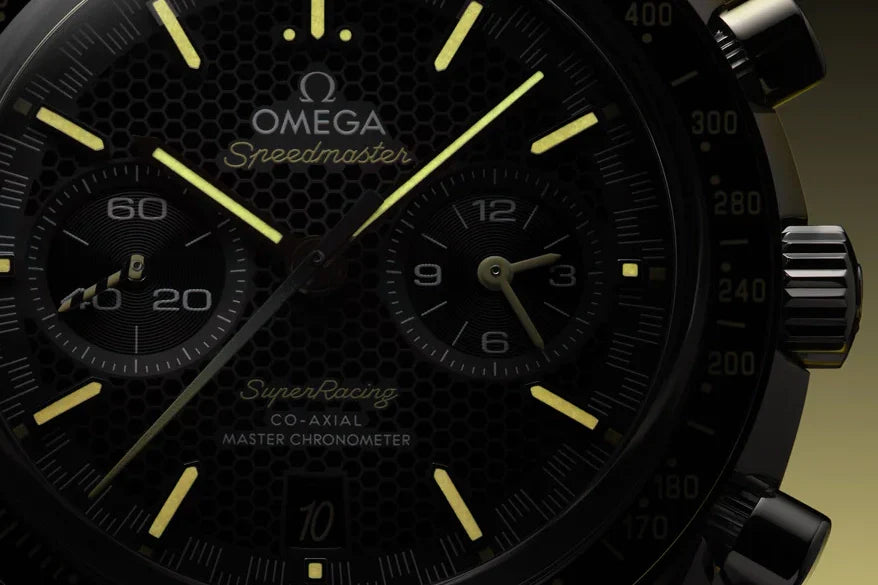OMEGA GETS EVEN SPEEDIER WITH REVOLUTIONARY SPIRATE SYSTEM




True Omega watch lovers will recognize the words “Speedy Tuesday.” It is a phrase that caught on back in 2012 when Robert Jan Broer of Fratello watches (a watch blog) posted a picture of his Speedmaster, which collectors often refer to as Speedy, on Facebook on a Tuesday and dubbed it Speedy Tuesday. Since then, the idea of posting about Omega Speedmaster watches on social media platforms on a Tuesday is referred to as Speedy Tuesday
Of course, the history of the
Omega Speedmaster goes
far beyond Speedy Tuesday.
In fact, the line of chronographs was first introduced 66 years ago in 1957. It evolved continually ever since. The Omega Speedmaster has the distinction of being the first watch in space on the wrist ofastronaut Walter Schirra in 1962 during his Mercury-Atlas 8 mission. Later, the Speedmaster was named the only NASA-approved watch for spaceflight. The watch waked on the moon during the Apollo 11 mission and helped time the re-entry to Earth’s atmosphere in the ill-fated Apollo 13 mission. The watch is also a fan favorite amongst race car drivers and is the line of choice for Omega when it comes to creating watches that honor the Olympics, which the brand times to the tiniest fraction of a second.
As such, it comes as no surprise that the biggest invention, the Spirate™ System, recently released is a huge deal when it comes to speed and precision. It is housed inside the all-new Speedmaster Super Racing watch. The new spiral is a mechanical advancement in watchmaking. It has a patent pending on it, and the mechanism allows for such ultra-fine rate adjustments that it is precisely accurate to 0/+2 seconds per day. This is a rarity among watches unless you are dealing in chronometers. Omega’s Co-Axial chronometers are more accurate than most chronometers at a deviation of no more than 0/+5 seconds per day. The new high-frequency movement (4Hz) in the Super Racing watch obviously beats Omega’s own records.


In fact, it is Omega’s expertise in chronometers that enabled the brand, along with the help of the Swatch Group’s technical resources, to reinvent the wheel (well, ok, the spiral). Years in the development stages, the Spirate™ System is combined with a new Si14 balance spring and an adjustment mechanism located on the balance bridge where the watchmaker can make the fine-tune adjustment for higher accuracy. The spiral is made from a single silicon wafer that is then processed using Deep Reactive Ion Etching (DRIE).


Additionally, the 44.25mm stainless steel watch, with distinctive black-and-yellow color scheme on the dial (reminiscent of the Aqua-Terra Bumblebee watch released 10 years ago), features a tachymeter ceramic black bezel with yellow grand feu enamel scale, and chronograph subdials for 60-minute and 12-hour time tracking, as well as a central seconds hand. The hands and markers are also coated with SuperLumiNova that glows in bold yellow. The dial boasts a honeycomb pattern. This watch, antimagnetic to 15,000 GAUSS and is sold with a steel bracelet and a NATO strap made of recycled nylon and showcasing black and yellow stripes. The watch boasts a sapphire crystal case back for viewing of the state-of-the-art caliber.
We are pretty certain that Omega will begin equipping more of its Speedmaster watches with this new movement and Spirate™ System in the years to come.


